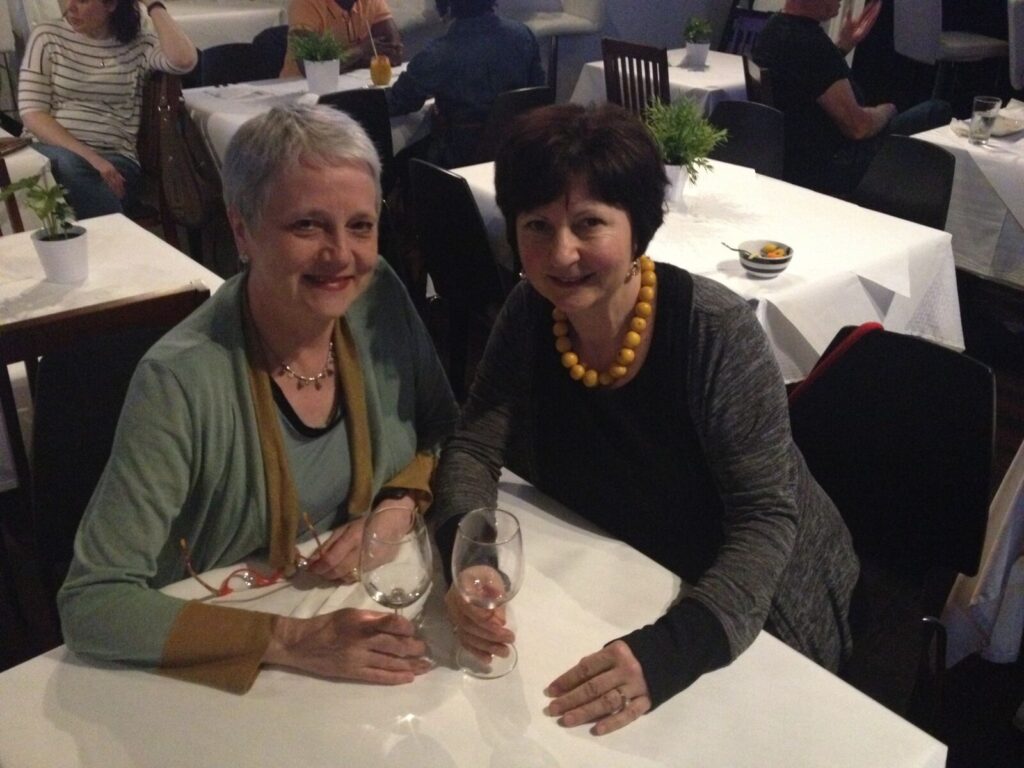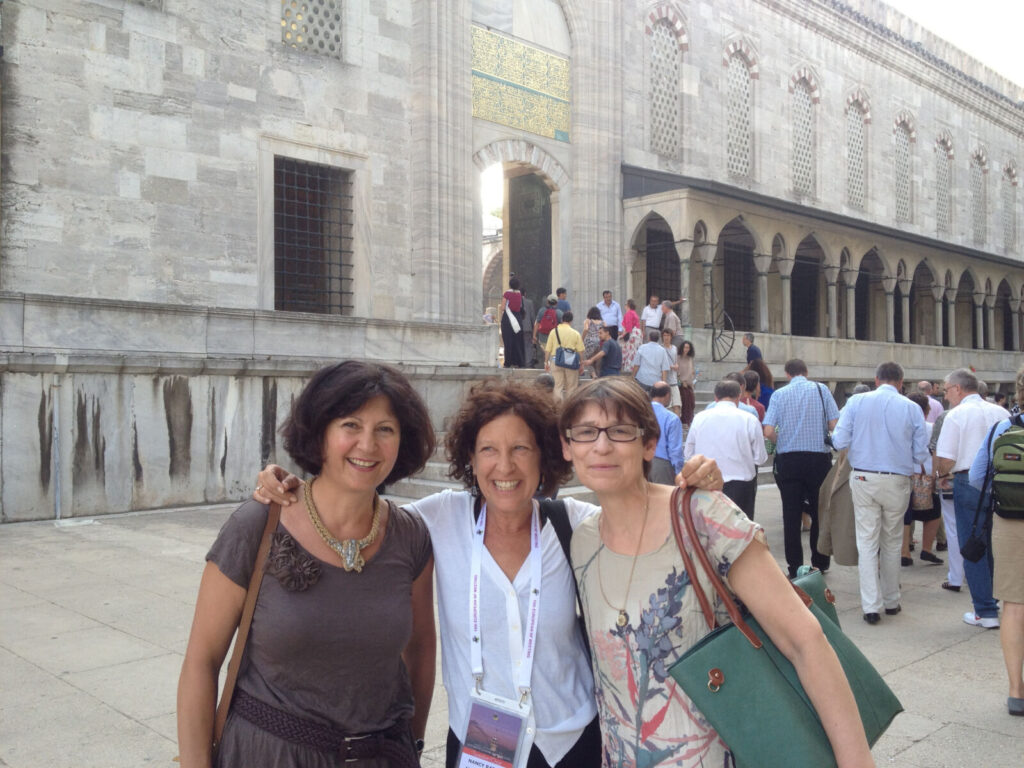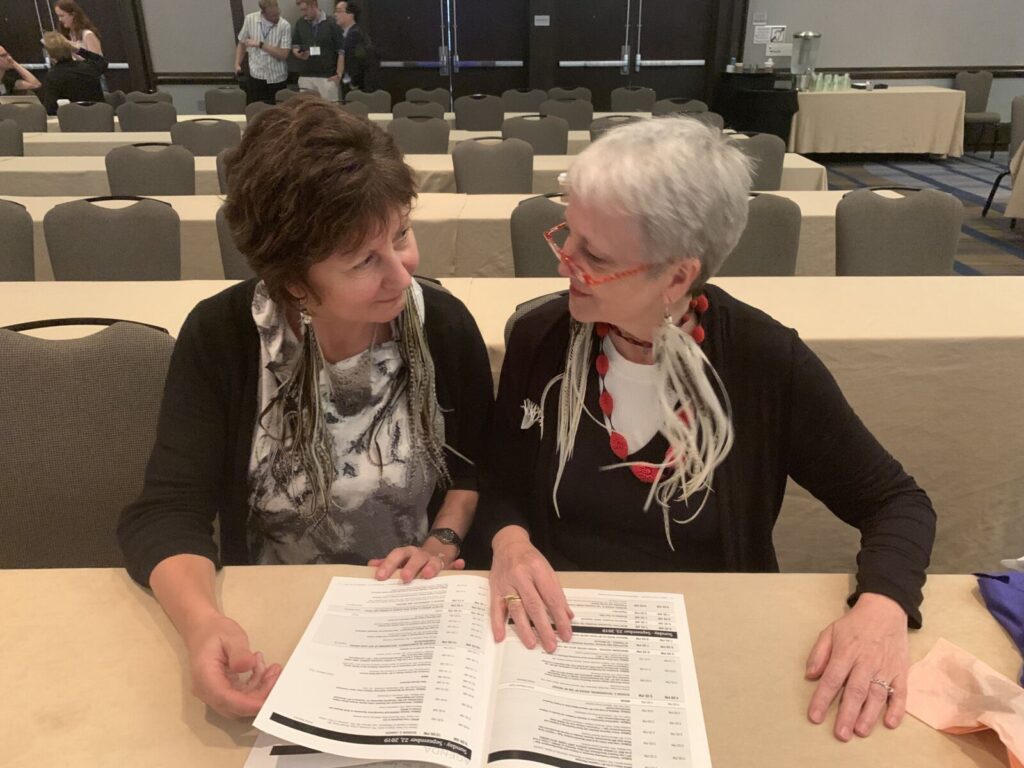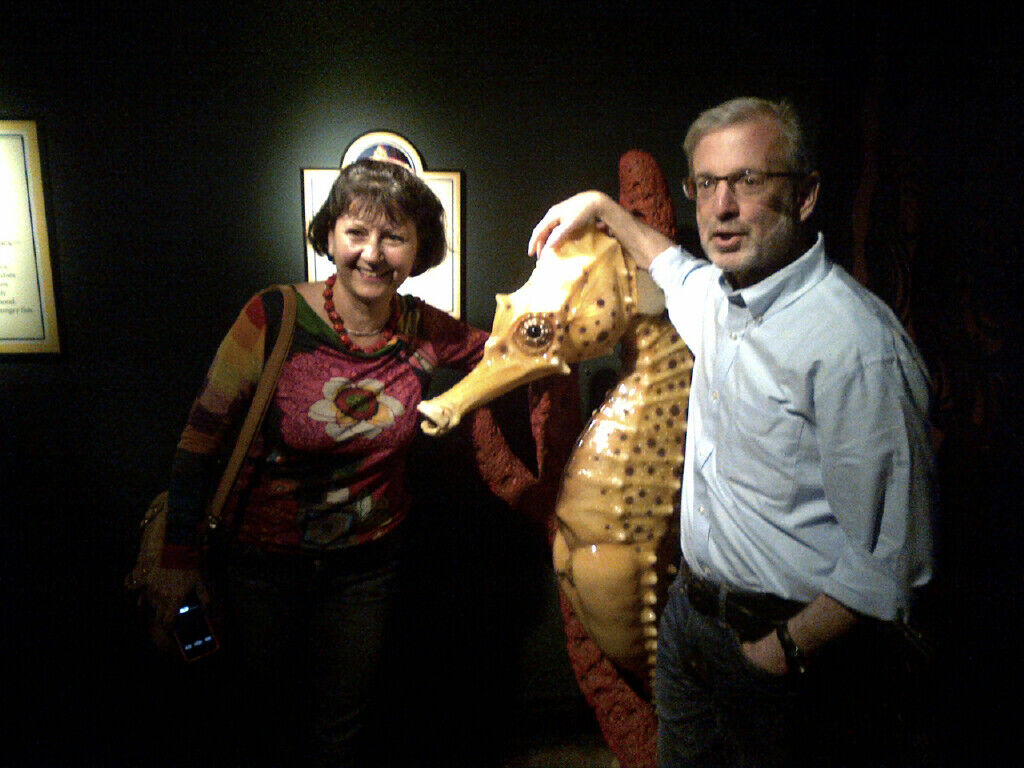My “NF-ologist” Career
Dusica Babovic-Vuksanovic, MD Professor in Medical Genetics and Pediatrics, Director of NF Program, Mayo Clinic, Rochester, MN
Discover more articles in the Women in NF series by clicking here.
People often ask me why I choose to be a “NF-ologist.” While I do not have any family members or close friends affected with disease, I have seen many patients affected with NF1, NF2, and schwannomatosis (NF1/SHW) that have significantly impacted their lives and lives of their families. I was frustrated with the inability to provide a cure or at least to minimize the impact of disease complications, and this influenced my decision to commit my career to NF.
My background is somewhat unusual. I came to the US in 1992 from Yugoslavia. At that time, I was fully trained pediatrician and pediatric endocrinologist, practicing at the Children’s Hospital of Sarajevo. After arriving in the US, I needed to complete certifying medical exams and repeat some of my residency training, which gave me the opportunity to choose a specialty field anew. I decided to continue my career in clinical genetics (instead of endocrinology), where I received additional exposure to NF1 and NF2. That was also when I realized that there was as unmet need for patients, and this reinforced my desire to continue my career path in NF and NF2. Schwannomatosis was a separate entity that was not even fully recognized at that time!
My second start as a clinician in the US was at Mayo Clinic, where I completed necessary training in Pediatrics, Clinical Genetics, and Molecular Genetics and then joined the staff of the Department of Medical Genetics (now named Clinical Genomics) in 1999. At the same time, I began to lead of the NF Clinic, working on the development of a multidisciplinary program for diagnosis, surveillance, and management of children and adults with NF1 and NF2.
At the beginning of my work as a geneticist, we had very limited diagnostic tools, and the majority of patients received diagnosis based on clinical observations. Genetic tests were limited to chromosome analysis, FISH, and some fancier cytogenetic tests (such as chromosome paint), while molecular testing covered just a few disorders such as Duchenne Muscular Dystrophy, Fragile X, and Cystic Fibrosis. Patients with NF1 and NF2 received diagnosis using clinical criteria. Their follow up and management included serial clinical exams, imaging and clinical evaluation of family members, and the treatment was limited to surgical interventions, standard chemotherapy, and radiation treatment. I remember losing many patients from complications from these therapies, and I committed the rest of my career to developing better treatments for these disorders.
My first clinical trial targeted adults with NF1-related plexiform neurofibromas, using a drug pirfenidone, a wide-spectrum antifibrotic (1999). Preliminary results were promising which led to the multicenter trial of pirfenidone in pediatric patients, but unfortunately this drug did not prove to have the desired effect on NF1 related tumors. Other subsequent trials in other institutions (e.g. farnesyl transferase inhibitor, mTOR inhibitor, VEGF inhibitor) produced similar results. The breakthrough finally came in 2016, when the trial with MEK inhibitor selumetinib resulted in the significant decrease in size of plexiform neurofibromas in children. The drug subsequently received the FDA approval in 2018. For patients with NF2 there was still no treatment except for surgery and avastin treatment for vestibular schwannoma. Just recently the initiative for the treatment of NF2 tumors resulted in positive clinical trial for NF2 tumors (other than vestibular schwannoma) using the drug brigatinib. Currently many other clinical trials are ongoing, giving us a hope that we will soon have efficient treatments for NF1, NF2, and schwannomatosis. It’s a very exciting time for a NF-ologist!
Over last 25 years we have experienced rapid development of genomics, with discovery of genes causing RAS pathway disorders and schwannomatoses (e.g. NF1, SPRED1, NF2, SMARCB1, LZTR1), and the paired development of molecular genetics technics, allowing us to use genetic testing to diagnose these conditions. Molecular diagnosis has also opened a route to prenatal/pre-implantation genetic testing to facilitate family planning for individuals affected with NF/ SWN.
As a woman medicine, I found that being accepted as an equal and gaining respect and recognition by colleagues has been challenging at times. I find myself very fortunate to interact with other amazing women who greatly contributed to development of the NF/SHW medical field, genes discovery, molecular testing, and the basic science understanding of NF/SCW. I developed wonderful friendship with many female colleagues who provided me support and encouragement when I needed it. This certainly contributed to my success as a clinician and NF-ologist.
I am also very grateful for being a part of great institutions such as Mayo Clinic, where I lead the NF program and acted as a principal investigator for Neurofibromatosis Clinical Trials Consortium (NFCTC) and INTUITT-NF2 (Mayo site). I am also very proud to be participant in many great initiatives led by Children’s Tumor Foundation and other NF patient organizations. I see a bright future for the field with hope that we will be able to find the cure for these disorders by world-wide collaborations in very near future.
Dusica Babovic-Vuksanovic
Professor of Medical Genetics and Pediatrics
Director of Neurofibromatosis Program
Mayo Clinic





